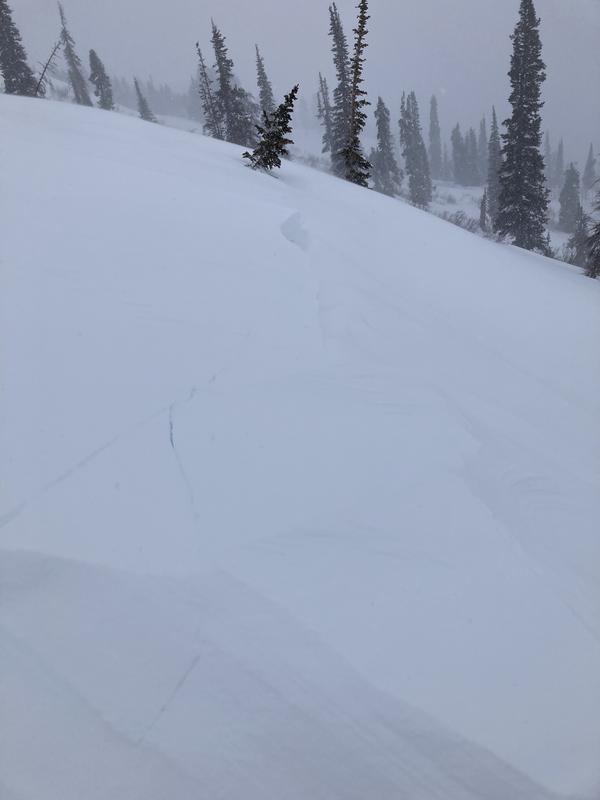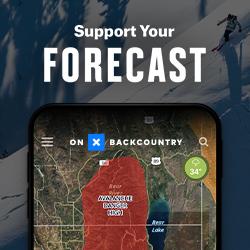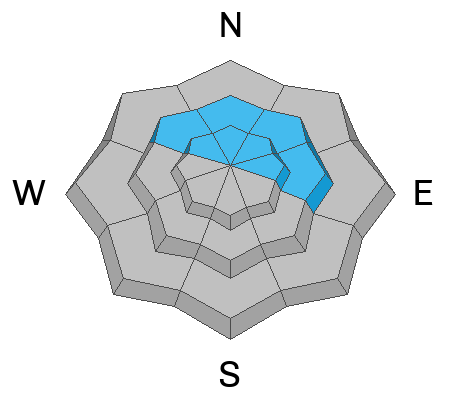Forecast for the Ogden Area Mountains

Issued by Nikki Champion on
Wednesday morning, February 19, 2025
Wednesday morning, February 19, 2025
Avalanche danger remains CONSIDERABLE on upper-elevation slopes and mid-elevation slopes facing northwest through north to east, where triggering an avalanche on one of several buried weak layers is likely. This danger extends to many other steep slopes due to wind-drifted and lingering new snow. MODERATE danger exists on lower-elevation slopes and mid-elevation slopes facing west through south to southeast, where human-triggered avalanches are still possible.
While danger has decreased, the travel advice remains the same—avoid avalanche terrain. If you do travel in avalanche terrain, take all necessary precautions: cross or ride one at a time, watch from a safe spot, and have and know how to use avalanche rescue gear.

Low
Moderate
Considerable
High
Extreme
Learn how to read the forecast here






